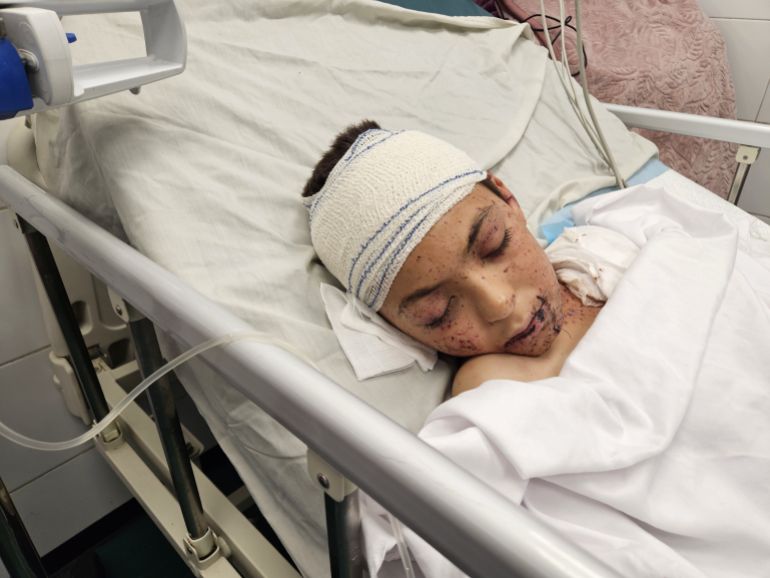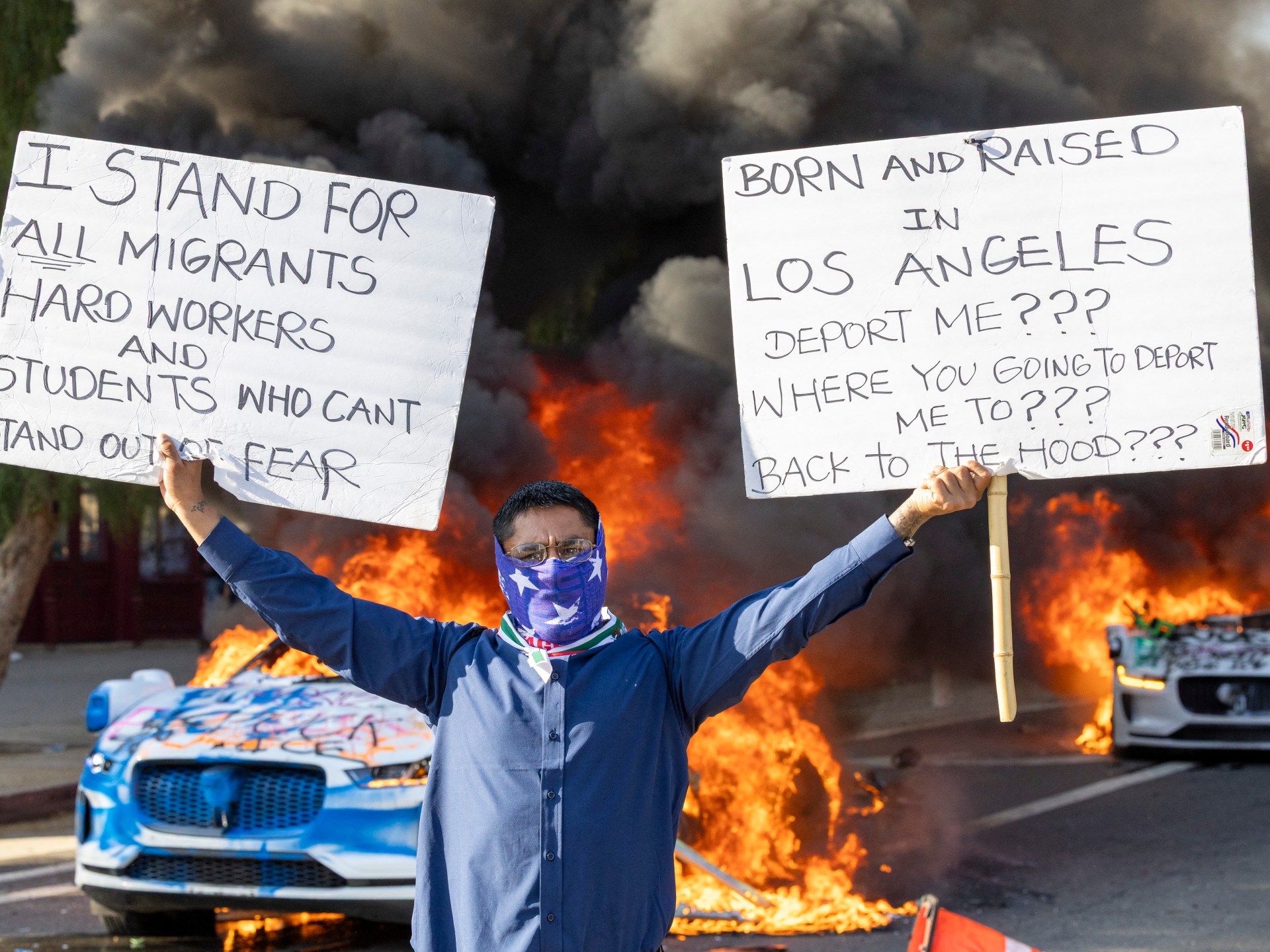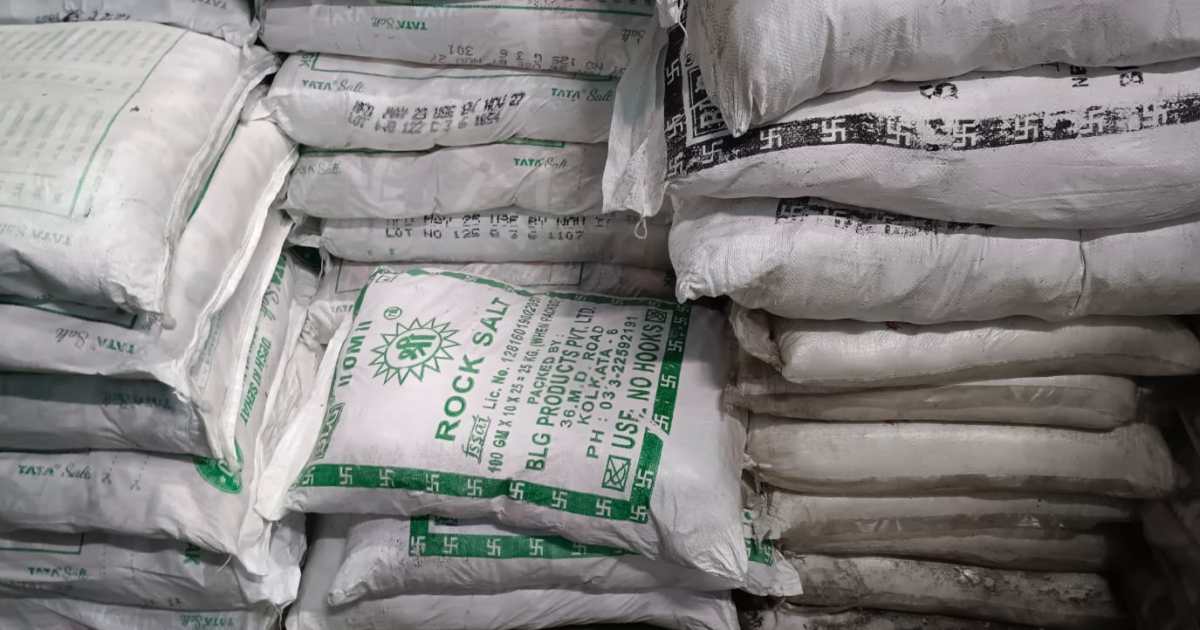On a typical day at Nasser Hospital in southern Gaza, Victoria Rose, a British surgeon, would wake up before dawn.
“Because the bombing would start at four,” she said, now back in London, having just wrapped up her third humanitarian mission to Gaza since Israel’s war began in October 2023.
Over almost four weeks in May, she usually operated on 12 or 13 patients per 14-hour shift, unless there was a mass casualty incident overnight, meaning even longer shifts and more patients.
By comparison, in London hospitals, she treats a maximum of three patients per day.
“It’s operating nonstop in Gaza,” she said.
Recalling some of her many patients, she treated 11-year-old Adam al-Najjar, the sole surviving child of Dr Alaa al-Najjar, whose nine other children and husband, Hamdi, also a doctor, were killed in an attack in Khan Younis last month.
She vividly remembers two brothers with lower limb injuries, Yakoob and Mohammed, who were the sole survivors of their family, and an eight-year-old girl named Aziza who was orphaned.
“She had a burn on her face and her shoulder, and somebody found her walking the streets and brought her in,” said Rose, who specialises in plastic and reconstructive surgery.
Rose and a team of medics also worked tirelessly to save the leg of a seven-year-old girl who, after an explosion, “was missing her knee … it was like looking at the back of her leg without the bone in”.
Having cleaned the area, removed dead skin and muscle, and dressed the wound, the girl returned three more times for further treatment, but ultimately, her limb was amputated.
Al Jazeera spoke with Dr Rose about the growing intensity of Israeli bombardment, the impact of malnutrition which has been exacerbated by a three-month aid blockade, deaths and gunshot wounds she saw among those who desperately tried to get rations via a new mechanism backed by the United States and Israel, and her sense of frustration that as the death toll rises and the scale of injuries is well documented, disbelief in Palestinian suffering prevails.
Al Jazeera: How did you feel entering Gaza this time around?
Victoria Rose: Definitely once we got in, the bombing was far worse than it’s ever been, and it was far, far louder, closer, more constant than it’s ever been. The drones – it was as if they were on me. They were constantly there and really loud to the point that it was difficult to have a conversation if you were outside.
Al Jazeera: What do the types of injuries you saw reveal about the current intensity of the bombing?
Rose: This time, the injuries seemed to be from the heart of an explosion. People had been blown up, and bits of them had been blown off.
Last summer, it was far more shrapnel wounds – a bomb had gone off in the vicinity, and something had been whipped up and hit them and did some damage to their bodies. Much more survivable, reconstructable-type injuries, whereas these appeared to be far more direct hits on people.
Al Jazeera: You have volunteered three times during the genocide, including in March and August last year. The death toll, now at about 55,000, continues to rise at haste. Was this the most challenging trip?
Rose: This is, without a shadow of a doubt, the worst. The volume of patients is more and the kids are more. The number of kids has gone up exponentially. They’ve doubled since the March (2024) trip – the number of children that I’ve seen.
During the first trip (in March 2024), I thought I was seeing loads of children, but this trip surpassed that.
Al Jazeera: How would you describe Nasser Hospital?
Rose: It’s a very similar scenario, very similar vibe to being in a hospital anywhere, but it’s just so packed.
It’s everybody; it’s like the whole population is in there.
(Doctors are usually) very selective with the people that we hospitalise. They’re normally older, or got cancer, or complications from diabetes or heart attacks – that’s normally who gets hospital beds in the UK. But there, it could be everybody on your road. It’s just normal people that have been blown up. Healthy people that are otherwise really fit and well, and now have been blown up.
It’s quite bizarre to hospitalise somebody that was fit yesterday and, well, now is missing an arm or part of an arm.
Al Jazeera: You were in Gaza when people desperately trying to secure food aid through the Gaza Humanitarian Foundation (GHF), a new mechanism backed by Israel and the US, were attacked. Many were killed. You did some media interviews at the time. What did you witness and experience?
Rose: The bulk of the victims had gunshot wounds. They were shot in the stomach, shot in the leg, shot in the arm.
After the GHF shooting, when (the victims) all came in, immediately the next journalist (I spoke to) was saying to me that “Israel has denied that they’ve shot anyone and you know, they’re saying that it’s the Palestinians shooting each other”. And then they sort of said, “Nobody’s been killed”, and I was standing in the emergency department with 30 body bags, thinking, you can’t lie like this. You just can’t.
Al Jazeera: Many in Gaza are vulnerable to starvation, and thousands of children are suffering from acute malnutrition, according to the United Nations. How does this affect patients and hospital staff?
Rose: Everybody’s lost weight. They will tell you, “I am now five or 10 kg lower in weight.”
My medical students I was there with in August, the girls are just so thin now. They’re all in their 20s, and all of them looked really as if they’d lost significant amounts of weight.
But the children are really small. They’re really skinny.
Sixty children have died at Nasser Hospital of malnutrition.
It is mainly the children that are lactose intolerant or have some other disease as well, because none of the only formula milk that’s getting in is suitable for children with lactose intolerance. Then you have children that have other diseases on top of that, which stop them from being able to take normal milk. That was quite shocking.
![Victoria Rose [Courtesy of Victoria Rose]](https://i0.wp.com/www.aljazeera.com/wp-content/uploads/2025/06/WhatsApp-Image-2025-06-09-at-11.02.39-1749458576.jpg?w=696&ssl=1)
The trauma patients, which is who I was seeing, were also really small. No fat on them at all, quite a bit of muscle wasting. And they didn’t really heal very well. It seemed to take a lot longer this time than it did in August for wounds to heal.
There were lots of infections, a huge number of infections; with malnutrition, you get a dampening of the immune system. It’s one of the areas that’s affected the most. You can’t mount a good immune response.
On top of that, all the wounds were dirty anyway because everyone’s living in a tent and there’s no sanitation, no clean water. You’re starting in a really difficult position, and then you’ve run out of antibiotics. We only had three types of antibiotics that we could use, and none of them would have been the first-line choice if we’d have been in the UK.
Al Jazeera: How would you describe the morale among the doctors you worked with?
Rose: Really bad now. So many of them said to me, “I’d rather die than carry on.”
So many of them want a ceasefire, and I think would be prepared to do whatever it takes to get a ceasefire now.
They are at their lowest. They’ve all moved 15 times. They’ve all lost significant members of the family – these guys have lost kids. Their houses are completely destroyed. It’s really, really difficult times for them.
Al Jazeera: What are your fears for Gaza?
Rose: It’s a man-made humanitarian crisis, so it could be man-stopped, and that’s what needs to happen.
This could be turned off immediately if people put enough pressure on the right governments, the right leaders.
I think, if we don’t turn it off soon, there won’t be a Gaza and there certainly won’t be Palestinians in Gaza.
It’s very difficult to have any conversations with Palestinians about the future because they can’t really see it.






